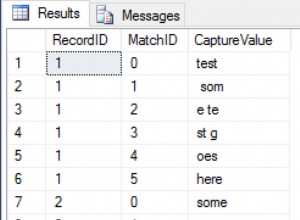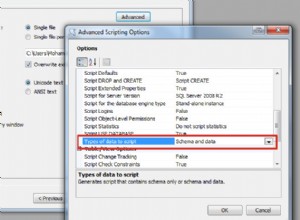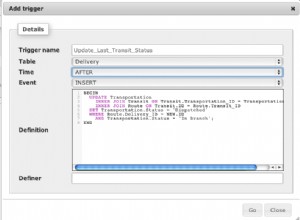Miałem ten sam problem. Rozwiązałem go za pomocą AsyncTask, które pobierało mapy bitowe.
Użyłem tego kodu:
class ImageDownloaderTask extends AsyncTask<String, Void, Bitmap> {
private final WeakReference<ImageView> imageViewReference;
public ImageDownloaderTask(ImageView imageView) {
imageViewReference = new WeakReference<ImageView>(imageView);
}
@Override
protected Bitmap doInBackground(String... params) {
return downloadBitmap(params[0]);
}
@Override
protected void onPostExecute(Bitmap bitmap) {
if (isCancelled()) {
bitmap = null;
}
if (imageViewReference != null) {
ImageView imageView = imageViewReference.get();
if (imageView != null) {
if (bitmap != null) {
imageView.setImageBitmap(bitmap);
} else {
Drawable placeholder = null;
imageView.setImageDrawable(placeholder);
}
}
}
}
private Bitmap downloadBitmap(String url) {
HttpURLConnection urlConnection = null;
try {
URL uri = new URL(url);
urlConnection = (HttpURLConnection) uri.openConnection();
final int responseCode = urlConnection.getResponseCode();
if (responseCode != HttpURLConnection.HTTP_OK) {
return null;
}
InputStream inputStream = urlConnection.getInputStream();
if (inputStream != null) {
Bitmap bitmap = BitmapFactory.decodeStream(inputStream);
return bitmap;
}
} catch (Exception e) {
urlConnection.disconnect();
Log.w("ImageDownloader", "Errore durante il download da " + url);
} finally {
if (urlConnection != null) {
urlConnection.disconnect();
}
}
return null;
}
}
nazywasz to przez:
new ImageDownloaderTask(holder.imageView).execute(urlPhoto);
Mam nadzieję, że ta pomoc :)




